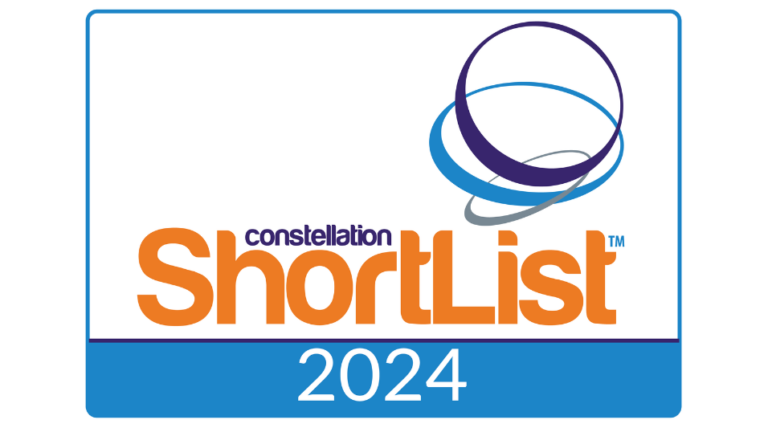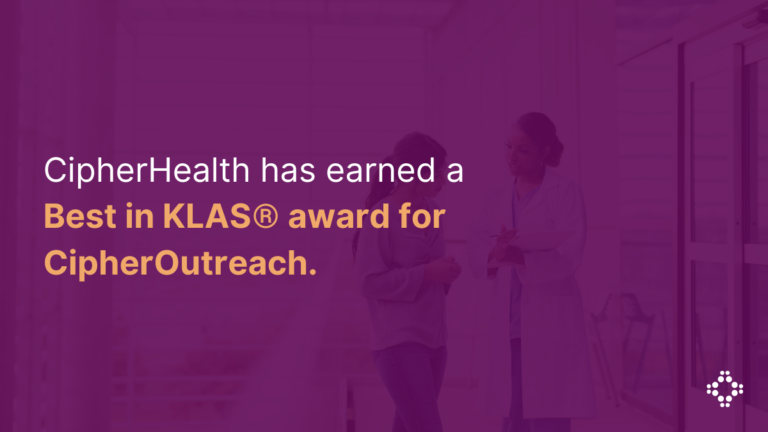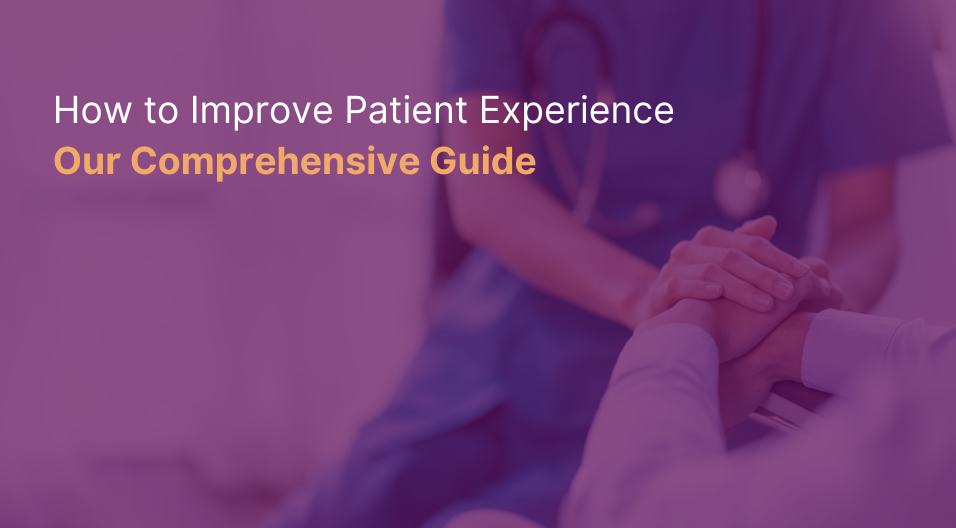In 2013, the Center for Medicare and Medicaid Innovation (CMMI) launched the first bundled payments program known as BPCI or the Bundled Payment for Care Improvement initiative. BPCI is an alternative payment model that spurred out of the Affordable Care Act (ACA) and was created with the goal of incentivizing providers to collaborate together in order to improve patient outcomes.
Since the launch of the program, it has proven effective in generating savings within certain clinical areas, without sacrificing the quality of care patients receive. Now that the first iteration is coming to a close, CMS is updating the program and recruiting additional providers. The new version is known as BPCI Advanced.
As CMS collaborated with providers to create a cohesive structure to support implementation and administration of bundled payment programs, they learned a great deal. Hence, there are a few updates to BPCI Advanced to help anticipate and resolve pain points learned during the first iteration. In particular, there are a few areas that BPCI participants should pay particular attention to: prospective pricing, hospice inclusion, elimination of model 3, outpatient bundles, and an increased focus on quality metrics.
Prospective Pricing
In previous BPCI programs, participants did not have access to episode pricing until the close of the performance quarter or upon reconciliation. This became a challenge for providers as there was often a gap between the anticipated and actual price for each bundle.
Now, participants will have access to episode pricing at the beginning of a performance quarter. By understanding the bundle price in advance, providers can closely monitor operational data obtained by care managers to understand relative success or failure at the patient level. Although claims are the final source of truth, providers can apply cost assumptions to various patient activities and utilization to understand if they are above or below the cost threshold, helping providers proactively manage risk.
Hospice Inclusion
During the first iteration of BPCI, hospice care was excluded from bundle cost. Depending on the circumstance, the bundle was either completely excluded or costs ceased from accruing once a patient transitioned to hospice care.
In BPCI Advanced, hospice claims are included in the total bundle cost. As hospice remains a less costly care setting for patients, providers continue to advocate for advanced care planning and goals of care discussions with their patients. Applying a codified and consistent approach to this process will benefit providers and patients. If providers are proactive in initiating frank conversations with their patients regarding disease trajectory and prognosis, patients will remain informed and able to make the best decisions possible regarding their care.
Elimination of Model 3 Episodes
BPCI Advanced has eliminated Model 3 episodes from the program, which previously included all post-acute providers participating independently in BPCI. Although this is unfortunate for post-acute providers interested in alternative payment models, it presents an opportunity for partnership with hospitals and physicians participating in BPCI Advanced.
One of the biggest challenges within episodes of care is managing post-acute utilization. Collaborating with providers that support and understand BPCI will be valuable to participants working to create preferred provider relationships and build performance networks with downstream providers. By keeping post-acute and acute providers closely aligned, there will be enhanced communication and collaboration that will optimize clinical care and outcomes for the shared population.
To truly see success in bundled payment programs, these types of partnerships are imperative to effective episodic management.
Outpatient Bundles
In BPCI Advanced, CMS has now created outpatient bundles. Previously, all BPCI episodes were initiated from an inpatient stay at an acute care hospital. BPCI Advanced is including cardiac and GI procedures that can trigger an episode from an outpatient clinic or same day surgery center.
Preparation and education is key to success in these bundles. When a patient spends a few days as an inpatient, hospital staff has time to create a patient-centric care plan and communicate with the patient, family, and care team members. When a patient arrives for an outpatient procedure, there is limited time to educate and coordinate care with the patient and family.
Implementing structured communication to inform a patient of their BPCI participation, as well as education about their pre- and post-procedure needs will promote success in these new bundles.
Quality Metrics
Another significant change in BPCI Advanced is an increased focus on quality measures. This aligns with the structure of other alternative payment models, specifically those leveraged by ACOs, where savings have been generated as a result of specific quality metric tracking and adherence. In tracking these indicators, providers will be incentivized to capture enhanced data around pre- and post-operative care, readmissions, and advanced care planning.
Each of the tracked measures is unequivocally tied to high-quality clinical care. Increased awareness from providers on these outcomes will improve the patient experience and decrease the likelihood of adverse events. Creating structured, scalable solutions to capture data around these metrics will significantly enhance the care redesign process necessary for success in episodes of care and alternative payment models.
As the U.S. healthcare system continues to seek value over volume, watching programs such as BPCI evolve is an indicator of future healthcare delivery. By incentivizing healthcare providers to work collaboratively to redesign their care delivery model, it will reduce the cost burden of providing care, but will also improve quality and experience for patients.







